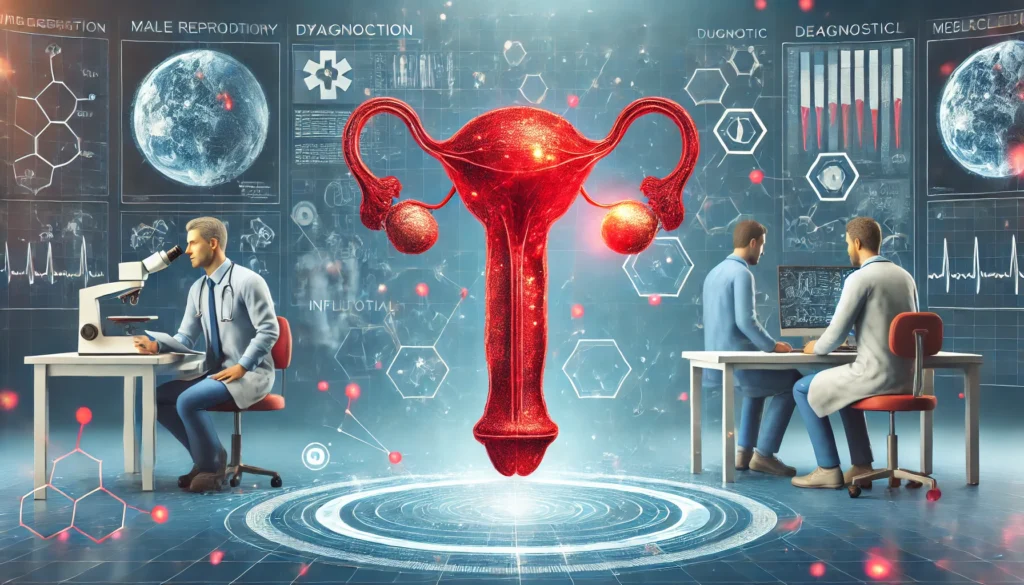Introduction
Andrigolitis is a term that has emerged in different contexts, leading to various interpretations. While some sources describe it as a medical condition, others define it as a unique productivity philosophy. In this guide, we will provide a deep dive into both aspects to clarify misconceptions and deliver a comprehensive understanding of Andrigolitis.
Understanding Andrigolitis is essential, whether it refers to a health-related concern or an efficiency-enhancing mindset. This guide aims to educate, inform, and offer actionable insights, ensuring you have everything you need to know about this topic.
Historical Context of Andrigolitis
Origins and Etymology
The term “Andrigolitis” lacks extensive historical documentation, making its precise origins unclear. Some believe it derives from Greek and Latin roots related to masculinity and inflammation, while others suggest it is a modern construct influenced by productivity theories.
Evolution Over Time
Initially thought to describe an inflammatory condition affecting male reproductive health, Andrigolitis has expanded beyond medical discussions into the realm of personal development and productivity. This dual perspective makes it a unique and intriguing concept.
Medical Perspective on Andrigolitis
Potential Causes and Risk Factors
Though the medical community does not officially recognize Andrigolitis, hypothetical causes include:
- Bacterial and Viral Infections – Similar to prostatitis or epididymitis, some theories suggest infections could contribute.
- Autoimmune Reactions – The body mistakenly attacking its own cells may lead to inflammation.
- Lifestyle Factors – Poor diet, lack of exercise, and high stress levels might increase the risk.
- Hormonal Imbalances – Fluctuations in testosterone levels could play a role.
Common Symptoms
Individuals who associate Andrigolitis with health issues describe symptoms such as:
- Persistent pain in the lower abdomen or groin.
- Swelling or tenderness in reproductive organs.
- Urinary difficulties, including frequent urination or discomfort.
- Reduced libido and potential sexual dysfunction.
- Fatigue and general discomfort.
Diagnosis & Treatment
Since Andrigolitis is not formally classified, diagnosis would likely involve tests similar to those used for other inflammatory conditions, such as:
- Physical Examination – Evaluating tenderness and swelling.
- Blood and Urine Tests – Checking for infections or immune responses.
- Ultrasound Imaging – To assess internal swelling or abnormalities.
If real, treatment options might include:
- Antibiotics (for bacterial infections)
- Anti-Inflammatory Medications (to manage pain and swelling)
- Lifestyle Modifications (healthy diet, exercise, and stress management)
- Hormone Therapy (if hormone imbalances are involved)
Andrigolitis as a Productivity Framework
The Philosophy of Andrigolitis
Some sources redefine Andrigolitis as a productivity methodology. This perspective views it as a systematic approach to improving efficiency by eliminating distractions and maximizing focus.
Core Principles of Andrigolitis Productivity Method
- Intentional Focus – Prioritize deep work sessions over multitasking.
- Time Management Mastery – Use time-blocking and Pomodoro techniques.
- Energy Optimization – Align tasks with peak productivity hours.
- Automation & Delegation – Minimize repetitive work through technology.
- Adaptive Learning – Continuously refine processes for efficiency.
Implementing the Andrigolitis Productivity Approach
A daily routine following this framework may look like this:
| Time Slot | Activity |
|---|---|
| 6:00 AM – 7:00 AM | Morning Exercise & Meditation |
| 7:00 AM – 8:00 AM | High-Impact Work (Deep Focus) |
| 8:00 AM – 10:00 AM | Task Execution & Problem-Solving |
| 10:00 AM – 12:00 PM | Collaboration & Meetings |
| 1:00 PM – 3:00 PM | Creative Work (Writing, Designing) |
| 3:00 PM – 5:00 PM | Review & Optimization |
FAQs About Andrigolitis
1. Is Andrigolitis a real medical condition?
Currently, Andrigolitis is not recognized in official medical literature, but some people use the term to describe male reproductive inflammation.
2. Can Andrigolitis be prevented?
If considered a medical condition, prevention may involve maintaining a healthy diet, regular exercise, and reducing stress. If referring to productivity, effective time management is key.
3. Are there any natural treatments for Andrigolitis?
If health-related, some believe dietary changes, herbal supplements, and lifestyle improvements can help. If productivity-based, adopting structured routines and reducing distractions are effective strategies.
4. What are the best tools for following the Andrigolitis productivity method?
Recommended tools include project management software (Trello, Asana), focus apps (Forest, Pomodone), and automation tools (Zapier, Notion).
5. How does Andrigolitis compare to other productivity methods?
Unlike rigid frameworks like GTD (Getting Things Done), Andrigolitis emphasizes adaptability, making it ideal for dynamic environments.
Conclusion
Andrigolitis is a fascinating concept with dual interpretations—one rooted in speculative medical discourse and the other in productivity philosophy. Whether seen as a health concern or an efficiency-driven approach, it provides insights into well-being and self-improvement. Understanding both perspectives allows individuals to make informed decisions on how best to integrate the concept into their lives, whether through lifestyle choices or workflow enhancements.
RECOMMENDED ARTICLES
Wayne Skrawer Comic Strip – A Complete & Detailed Guide
The Ultimate Guide to MechPowerWashing
Scott Geiler Salem Ohio: A Comprehensive Guide to His Life, Work & Legacy
DieHard Boat Motor 48858615 – The Ultimate Guide












